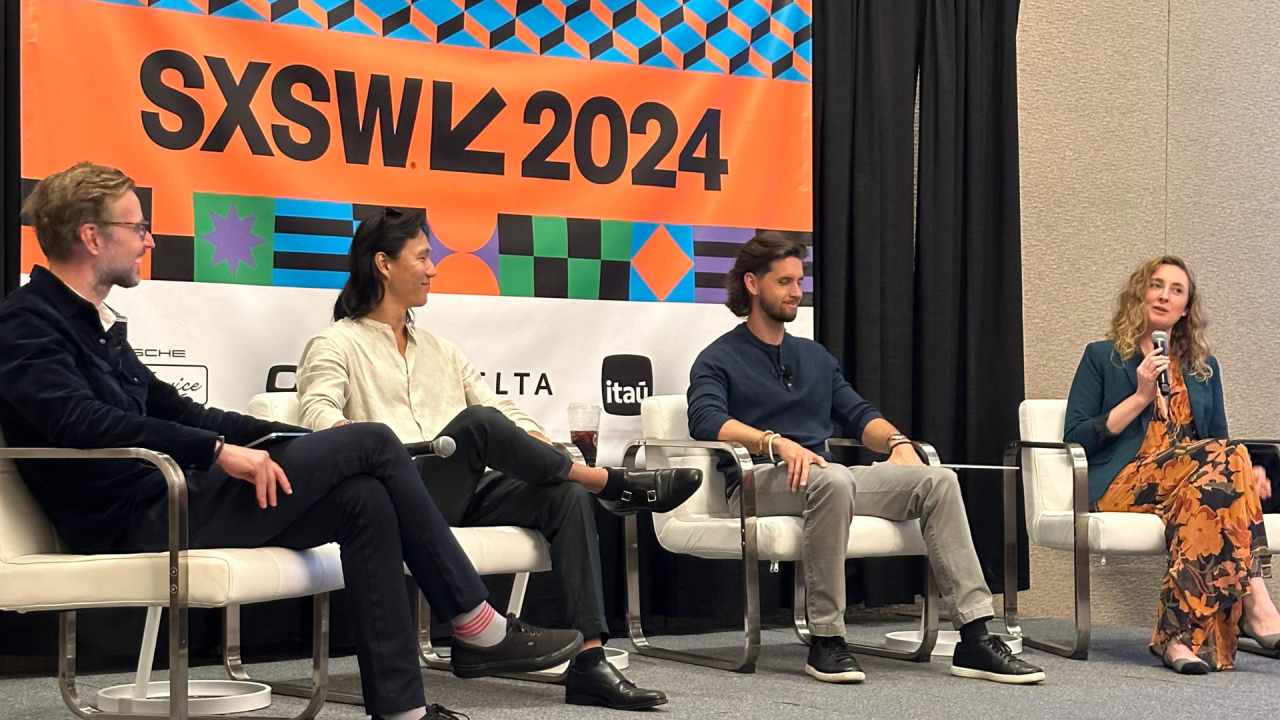Democratizing Accessible Mobility - Key Takeaways from SXSW
Mobility is a fundamental aspect of daily life. For some, it's a seamless and effortless experience that doesn't require a second thought. However, for others, mobility presents significant challenges, causing feelings of fear, anxiety, and frustration. Whether fully sighted or visually impaired, individuals may encounter obstacles that prevent them from moving freely and independently. Especially if the design of public spaces has been highly exclusive. One of the cities currently experiencing the effects of non-inclusive subway design is New York, which recently announced a $5.2 billion effort to make subway stations 95% accessible by 2055. It is now attempting to solve a problem that could have been addressed during the design phase long ago.
The scale of the exclusive accessibility problem is bigger than you may think.
Globally, there are over 1.3 billion people, including 42 million Americans, 80 million Europeans, 110 million in Africa, and 156 million in Asia, classified as having long-term disabilities.
According to WHO, there are at least 2.2 billion people who have a near or distant vision impairment. Now, consider the daily challenges faced by those navigating a world designed without them in mind.
However, the future holds promise—a future where accessible mobility becomes inclusive, is a fundamental aspect of urban planning and technology innovation, ultimately increasing the standard of living for everyone.
Recently, we had the privilege to sit on the panel at South by Southwest (SXSW) with industry leaders to discuss the topic of "The Future of Tech-Enabled Accessible Mobility" where experts from Uber, Lighthouse, and Haptic delved into the barriers and opportunities in reshaping mobility.
Here are some key takeaways from SXSW 2024:
Accessibility needs to become a standard in transportation design. From ridesharing to trains, scooters to planes, accessibility should not be an afterthought but a foundational principle. It's not only about helping out people who are visually impaired but also about easing the nerves of sighted travelers exploring new territories. Have you ever found yourself lost in a sea of confusing signs at an airport or a big event? It happens, and it's stressful, especially when you can't ask for directions or understand the language. However, emerging solutions such as those built on Haptic technology offer a universal language of tactile feedback understandable by everyone, regardless of cultural or linguistic backgrounds. With Haptic technology, indoor and outdoor navigation becomes intuitive, guided by subtle vibrations that ensure accurate and stress-free travel experiences.
Harnessing Haptic Technology - Innovative technologies unlock new approaches to long-standing accessibility challenges. Whether visually impaired or fully sighted, individuals can navigate through the sense of touch, using only their mobile phone or a wearable device. We at Haptic, have patented technologies such as the HapticNav SDK, HapticNav App and Wayband, enabling accurate navigation utilizing the sense of touch. For the past 8 years we’ve been changing lives around the world, from enabling the first visually impaired runner to complete the New York Marathon in history, to providing seamless navigation in emerging countries like Kenya, Ghana or Mexico. We’ve done it with a mission to provide freedom to everyone, to go anywhere in the world, simply by feeling their way.
Collaborative Partnerships - Achieving accessible mobility requires collaboration across sectors—government, corporations, communities, and disability advocacy groups. Together, we can co-create solutions that are well-designed, executed, and sustainable. But this can only happen if we have city planners, innovators and end users, especially those with disabilities, working together proactively. We are actively working with partners and advisors from global companies such as Google, Mapbox, Uber, SXSW, Lighthouse and others to help deliver on the vision of making the world more accessible. Our aim is to integrate our technology with the entire transportation ecosystem to enhance the standard of accessibility and navigation for everyone.
The time to act is now.
The European Commission has taken a lead to make the world more accessible by recently introducing the European Accessibility Act, which mandates that companies ensure public spaces, venues, and transportation are accessible and inclusive for all. The topic of accessible mobility will no longer be a nice-to-have but a must-have reality. It's a call for enterprises and public spaces to invest in the right, future-proof solutions that will help us become compliant, but most importantly, create a more accessible world for everyone. Together, we can make an impactful change.
We would love to hear from you. Reach out to us and learn how Haptic can help you deliver more inclusive and accessible navigation, contact us today.

